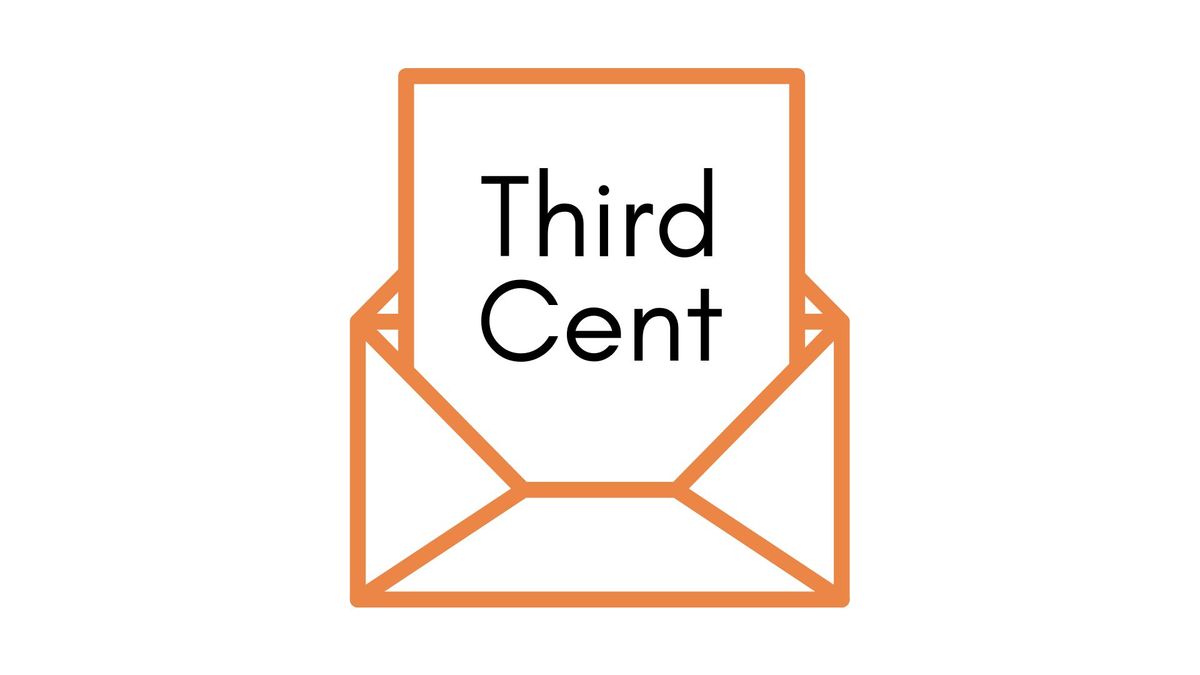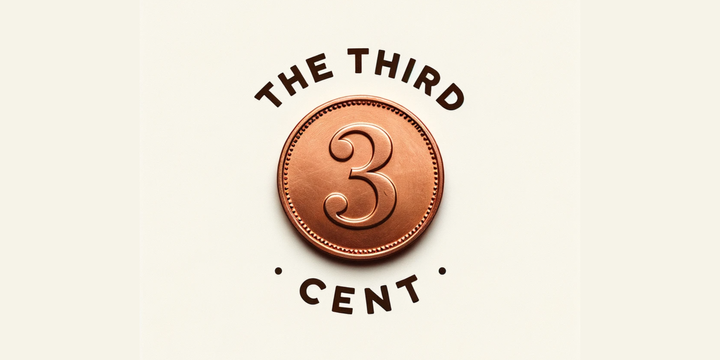CB Session 17 – B2B Consumer behaviour

The decision-making unit:
Over the course of the last sixteen session, we have almost entirely focused on studying the behaviour of individuals like you and me. Psychologists (and marketers by extension) today can grasp ‘human’ consumer behaviour to a great extent. However, the idea of B2B consumer behaviour is altogether a different beast. There are several factors that contribute to this complexity.
First and perhaps most interestingly, businesses have a proper decision-making body that comprises various checks and balances. We call this the decision-making unit or DMU. The DMU comprises initiators (the people who initiate the purchase process), users (the people who use the product or service that’s being bought), decision makers (someone who is in a position of power and can call the shots), gatekeepers (those who are interested in maintaining the status quo), and the buyer (the person who controls the purse strings). Thanks to the various members of DMU, businesses can perform abundant research before making purchase decisions.
Second, firms do take a lot of time before they make major decisions. During this time, firms can collect more data and discuss with other suppliers/vendors dealing with similar products and services. This makes them very informed buyers. Remember how easily regular consumers can be swayed by emotional and circumstantial factors. This is unlikely to occur with B2B consumers.
Third, B2B users are most likely to purchase a product and service to sustain or improve their own products and services. For instance, think of Tata Motors buying steel from Tata Steel. Tata Motors really wants the steel to be of really great quality to ensure that its cars have the best-in-class safety and structural integrity. In something were to go wrong with the input, it may be reasonable to expect the output to suffer.
Last, B2B buyers have mechanisms in place to gauge demand. This is perhaps best exemplified in the video attached below.
While the video is obviously an exaggeration, it is true that such tools do exist and B2B consumers can plan well ahead into the future.
Some common assumptions:
Whenever we talk about B2B consumer behaviour, we start thinking about billion-dollar firms that make products in factories half a dozen countries. While it’s true that many such firms do in fact exist, not all B2B consumers are of epic sizes. Many of them are much smaller, but they exist in great numbers. This will easily show up when you segment the market based on firm size and other firm related parameters.
Another common assumption that we marketers typically make is expecting that sales are made simply on the merit of the product. This may not always be the case. More often than not, there are other, softer parameters that determine what and from who B2B buyers will make purchases. Having said that, let me draw the line here. Much of the meat in this area of marketing will be covered in the B2B marketing course. However, this area has been close to my heart since I was involved in it myself, I had an amazing B2B marketing faculty in Mr. Mohan Kuruvilla. Have a look at this post.
The concepts we discussed in class:
I’m not really delving into the channel management literature in this issue of the newsletter. I plan on making a more comprehensive document (preferably a video) on the subject matter. Let’s see how that goes.
In the meantime, happy learning!!
Karthikeyan



